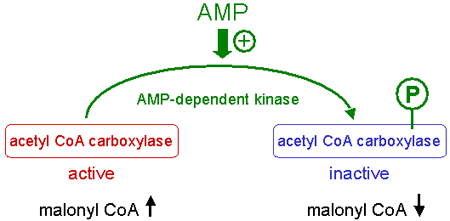
The crossed extensor reflex is a withdrawal reflex.
At its simplest, the kidney produces urine composed of solute and pure (solute-free) water. How rapidly the kidney clears the blood plasma of a substance (be it water or solute) is therenal clearance, which is related to the rate of urine production. The rate at which plasma is cleared of solute is the osmolal clearance; the rate at which plasma is cleared of solute-free water is the free water clearance.
[edit]
For example, for an individual with a urine osmolality of 140 mOsm/L, plasma osmolality of 280 mOsm/L, and a urine production of 4 ml/min, the free water clearance is 2 ml/min, obtained from

- RULE: CH20 NEGATIVE: WATER DEFICIT STATE
- IF POSITIVE: WATER ABUNDANT STATE

- NOTE THE RELATIONSHIP OF BODY TEMPERATURE WITH PROGESTERONE
- 28 鐵硫蛋白(iron-sulfur protein)為一種電子傳遞蛋白質,下列相關敘述何者不正確?
- 屬於non-heme iron protein
- 其鐵硫簇(iron-sulfur cluster)的配體(ligand)大多是cysteine
- Rieske protein 屬於此類的蛋白
- 有3Fe-3S cluster ( THIS IS WRONG: 2-2, 4-4, 3-4 ONLY)
Iron-sulfur protein
Contents[hide] |
Synthesis
IAA is predominantly produced in cells of the apex (bud) and very young leaves of a plant. Plants can synthesize IAA by several independent biosynthetic pathways, four of them starts from tryptophan, but there is also biosynthetic pathway independent on tryptophan
A salvage pathway is a pathway in which nucleotides (purine and pyrimidine) are synthesized from intermediates in the degradative pathway for nucleotides.
Salvage pathways are used to recover bases and nucleosides that are formed during degradation of RNA and DNA. This is important in some organs because some tissues cannot undergo de novo synthesis.
The salvaged bases and nucleosides can then be converted back into nucleotides.

32 下列對於嘌呤類的“salvage pathway”敘述,何者為非?
嘌呤可以再利用的過程
它比“de novo pathway”消耗更多的ATP
adenosine kinase 是屬於嘌呤類salvage pathway 的重要酵素
嘌呤salvage pathway 中的Inosine 5’-monophosphate 是由hypoxanthine 所產生
ANS B
33 acetyl CoA carboxylase 所催化之反應,為脂肪酸合成途徑的關鍵步驟(committed step),下列何者
為此酵素之變構活化物(allosteric activator)?
palmitoyl CoA AMP NADPH citrate
ANS D


No comments:
Post a Comment